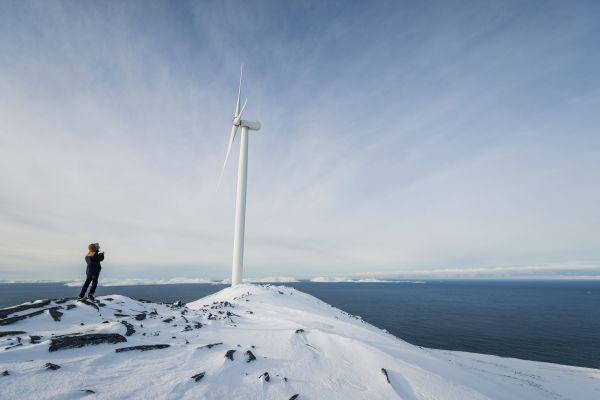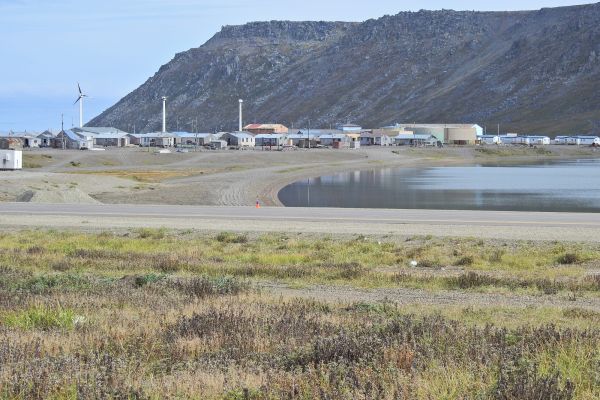The true reduction of risk is to understand the factors that cause it, allowing the correct preventative measures to be put in place.
There has been much discussion around the topic of ice build-up on wind turbines, particularly those close to civilisation. As with any structure, under the right atmospheric conditions, ice can build-up over a period of time. Whilst the accumulation of ice is highly dependent on weather conditions and the turbines operational state, this build-up can lead to potential risks as the ice melts.
Any ice that has gathered on the turbine and its parts can potentially dislodge due to temperature increase, wind, movement of the turbine and other external factors such as vibrations or gravity. This can lead to it being flung several hundred metres causing potential risk of damage or injury to other structures, vehicles, site personal and the general public.


Mitigating risk of ice throw
The risk of ice thrown must be taken in to account when planning and siting wind farm operations, and currently potential impacts to the project are be mitigated through:
- Assessing the siting of turbines, creating exclusion zones based on height of turbine and diameter of blades.
- Offsite monitoring giving the ability to deactivate the turbine on sensing ice accumulation based on current methodology factors.
- Physical and visual warnings for both site personnel and third parties.
However, these are all reactionary measures. The true reduction of risk is to understand the factors that cause it, allowing the correct preventative measures to be put in place.
Too many variables
It is difficult to measure the level of risk for such a scenario as the build-up and shedding of ice is dictated by meteorological conditions, which, when combined with whether the structure is fixed or stationary creates a situation where the level of risk can change daily or even hourly.
Currently there are no recognised standards for safety distances or methods for assessing the risk caused by ice fall or ice throw and common practice has been to deactivate turbines when ice begins to form, resulting in costly production losses.


A calculated approach to ice throw
To fully map and evaluate the potential of ice being thrown, a risk analysis must take into account all potential factors both physical and meteorological, including wind speed, temperate and height of structure.
In collaboration with Kjeller Vindteknikk we have developed a methodology for assessing site specific risk caused by ice fall or throw. Based on the Norwegian Directorate for Civil Protection (DSB) guidelines for acceptable risk outside industrial facilities, the results are presented in a map showing safety zones including what type of activities are acceptable within the vicinity of the wind turbine or similar installation.
Based on this new methodology, the calculated risk for any specific site takes into account local risk reducing measures, and enables us to calculate the individual risk for different exposures, such as pedestrians and vehicle passengers separately.
Guidelines for acceptable risk level, both for personnel operating the facility and third parties are then proposed allowing owners and operators to safely position their site with minimal impact to cost and downtime.
This blog is an overview of the paper I will be presenting at Winterwind, in Piteå, Sweden on the 4 February. More information is available here.
Related Services
